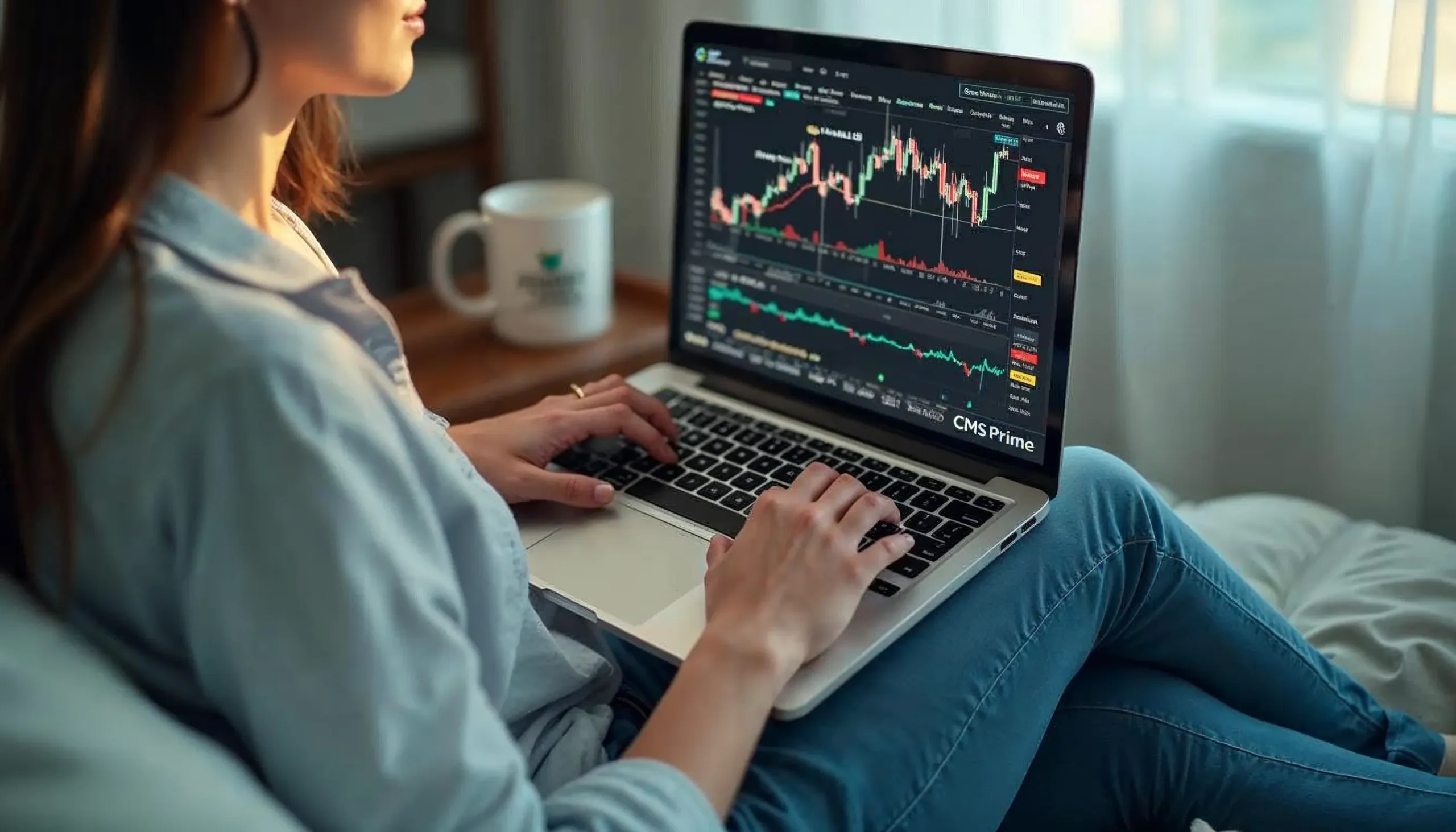Navigating the complexities of the forex market requires a robust understanding of various analysis methods. Specifically, traders leverage fundamental and technical analysis to assess currency pairs and devise effective trading strategies. Each method provides distinct insights and caters to different trading styles and objectives.
Fundamental Analysis: The Economic Backbone
Fundamental analysis in forex trading focuses on the economic, social, and political factors that influence currency values. This method assumes that the currency’s price reflects the underlying economic conditions of its country.
Economic Indicators: Traders monitor key indicators like GDP growth, employment rates, and manufacturing output. A strong economic report from the U.S., for instance, might strengthen the USD due to perceived economic stability.
Political Events: Political stability significantly impacts currency prices. Events like elections or major policy shifts can introduce volatility. The Brexit vote, for example, had a notable impact on the GBP and EUR.
Interest Rates: Decisions by central banks on interest rates can drive currency movements. Higher interest rates often attract foreign capital, increasing demand for the currency and thus, its value.
Fundamental analysis is particularly useful for long-term traders who hold positions for extended periods, as it helps them gauge the macroeconomic trends.
Technical Analysis: The Art of Price Patterns
In contrast to fundamental analysis, technical analysis focuses on statistical trends derived from trading activity, such as price movements and volume. It operates on the premise that all necessary information is already factored into the price.
Chart Patterns: Technical analysts use charts to identify patterns like head and shoulders or triangles that predict future price movements.
Technical Indicators: Tools such as moving averages, the Relative Strength Index (RSI), and the MACD are staples in a technical trader’s toolkit. They help identify trends and market momentum.
Candlestick Patterns: These are essential for identifying short-term price movements. Specific patterns like the “doji” and “hammer” provide insights into market sentiment and potential price reversals.
Technical analysis is favored by traders who operate on shorter timeframes, such as day traders or scalpers, due to its ability to suggest immediate entry and exit points.
Synthesizing Fundamental and Technical Analysis
Experienced traders often blend fundamental and technical analysis to optimize their trading strategies. This dual approach allows for a more holistic market view and better decision-making.
Strategic Combination: A trader might use fundamental analysis to choose which currency pair to focus on based on macroeconomic conditions and then apply technical analysis to find the best entry and exit points.
Validation: Using one method to confirm insights gained from the other can enhance trade reliability. For instance, a bullish chart pattern can be confirmed with positive economic data, providing a stronger basis for the trade.
Conclusion
Both fundamental and technical analyses are indispensable tools for forex traders. While fundamental analysis offers insights into the economic factors affecting currency values, technical analysis provides precise tools for executing trades based on market trends and patterns. Integrating these approaches can significantly improve a trader’s ability to make informed decisions, thereby enhancing their potential for success in the volatile forex market.
Disclaimer: This is not an Investment Advice. Investing and trading in currencies involve inherent risks. It’s essential to conduct thorough research and consider your risk tolerance before engaging in any financial activities.



